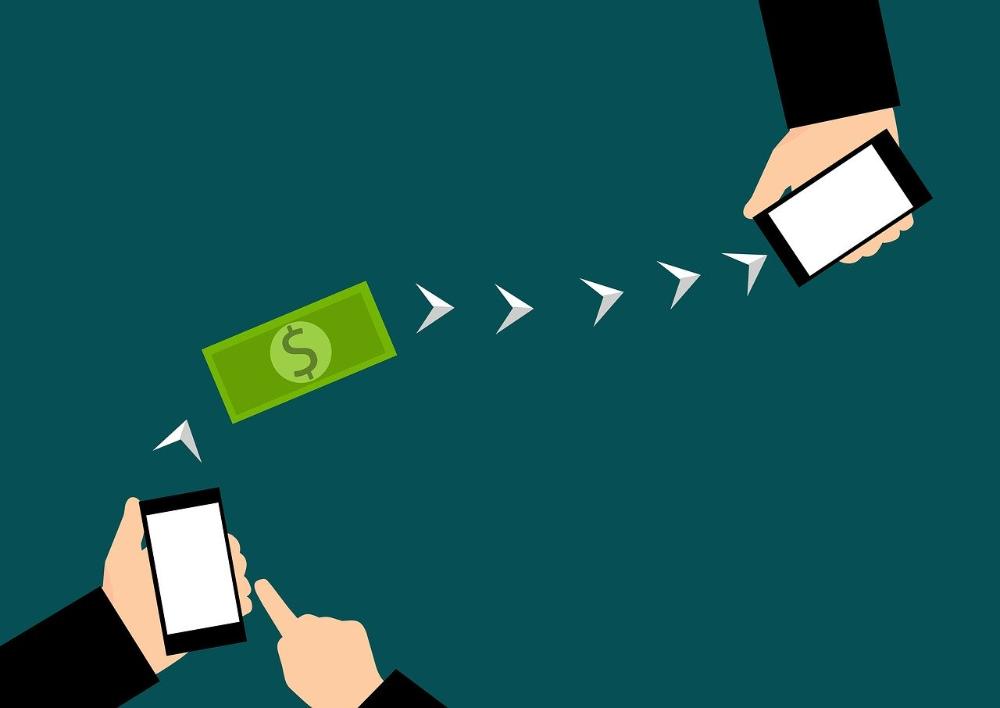For Mobile Money Adoption, Africa Remains Unchallenged As King

Per a new report released by the GSM Association, the use of mobile money continues to rise steadily, especially in Africa, where most adults are either unbanked or underbanked. Its global transaction volume for 2021 stood at USD 1 T, marking the first time mobile money is sitting on as much value.
In the 10th edition of its yearly State of the Industry Report on Mobile Money, GSM divulged that the landscape witnessed a rise in the count of registered mobile money accounts—growing 18 percent since 2020 to reach 1.35 billion worldwide. Meanwhile, the volume of P2P (person-to-person) transactions last year was around 1.5 million hourly.
The strongest drivers of mobile money adoption worldwide are merchant payments, which, according to the report, witnessed a double-digit growth year or year. The report also pointed out that such services are continually becoming the cornerstone of financial and economic transformation—mostly for women in emerging markets.
Merchant payments reached an average of USD 5.5 B in transaction volume monthly, as mobile money providers were able to showcase a capacity to attract small and mainstream businesses using mouth-watering incentives like remote onboarding and the whatnot.
While the rise of mobile money is a global affair, the growth signs are more evident in Sub-Saharan Africa’s frontier markets.
With East Africa as the mobile money capital, Safaricom’s M-PESA has become a widespread service since its inception in the mid-2000s. On the backs of M-PESA’s performance, East Africa recorded the highest mobile money transaction volume for 2021, with approximately USD 403 B.
West Africa, too, is an emerging mobile money destination. According to the report, this market’s adoption is still growing fast, witnessing a 60 percent jump in transaction value since the year of the pandemic. In Francophone [West] Africa, mobile money has already produced a unicorn in Senegal’s Wave, the first of its kind in these parts.
“Wave was successful because it was the first Francophone African fintech to enter the region’s mobile money market using the aggressive venture capital approach. Other fintechs have been around for a while but did not have enough VC money and talent to crack the market and reach where Wave has reached within a few years,” Matthias Léopoldie, Founder and CEO of Ivory Coast’s Julaya, told WeeTracker last December.
On the other hand, M-PESA was jointly unveiled by Vodafone and Safaricom back in March 2007 as a service allowing people to exchange airtime for items, services, and [even] money.
More than a decade after the launch, the service is now present in 10 countries, claims to have 29.5 million active users and reportedly processes up to 614 million transactions monthly. Moreover, M-PESA [in total] has 51 million customers, 465,000 businesses registered, 600,000 agents and 42,000 developers. M-PESA is the chief reason Kenyan fintech was, until recently, a monopolistic landscape.
From a GSM Association standpoint, mobile money has a role in solving different problems plaguing the financial ecosystems of low-middle-income countries (LMICs), the gender gap that has seemingly refused to narrow down and humanitarian services which the world needs now more than ever.
“Mobile money also helps to enable access to basic utility services and agricultural solutions in LMICs. And to ensure this work continues, the mobile industry and humanitarian sector must keep working together to advance inclusive digital and financial inclusion even further for those who need it most,” the GSM Association stated.
Image Courtesy: Twobirdsbreakingfree.com